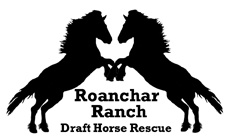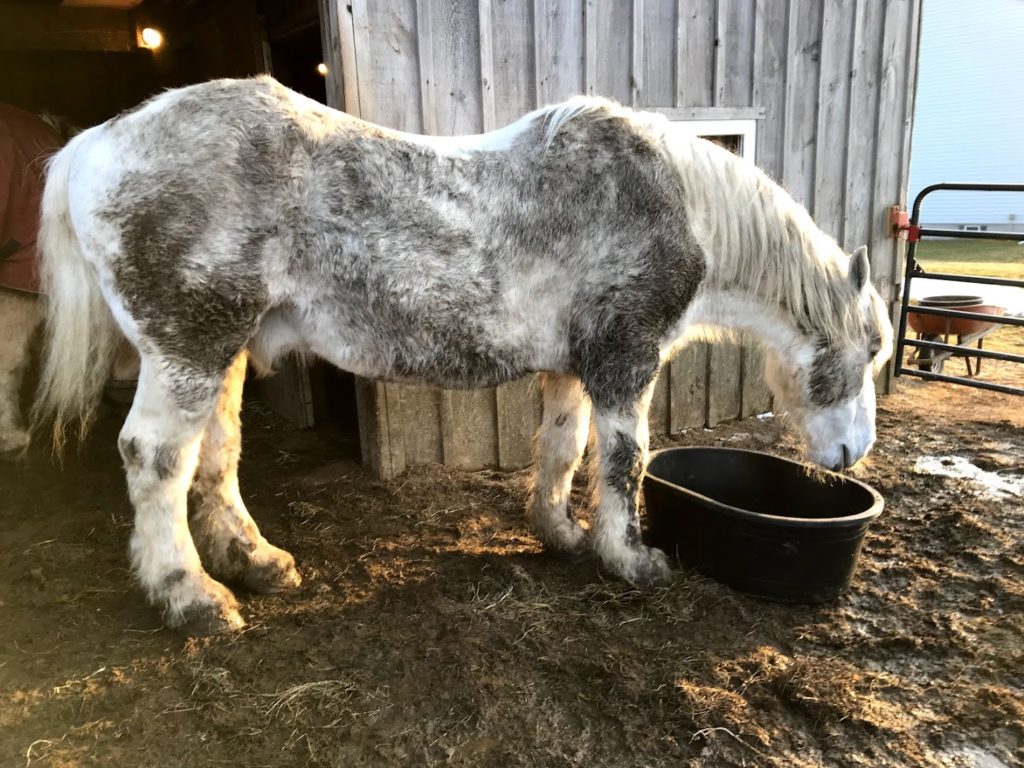The changing of the clocks is a sure sign that Spring will soon be upon us. Unfortunately, it also means mud season and horse issues.
For horse owners, mud season brings a host of problems ranging from skin to hoof to infections.
Skin Problems
Rain rot, scratches, or mud fever are all bacterial conditions that are brought on by muck and excessive moisture. The symptoms are loss of hair and scabs. If not treated properly, a more serious infection can occur.
Rain Rot
Also called dermatophilosis, rain rot is a skin infection caused by Dermatophilus congolensis. Living on the horse’s skin, D. congolensis is mostly dormant, but under wet conditions, this bacterium can cause an inflammatory infection resulting in lesions along your horse’s skin.
Scratches
A common skin condition that can affect the heel, the back of the pastern, the fetlock, and occasionally the cannon bone. A horse’s delicate skin will become inflamed, resulting in redness and ulcers.
Hoof Issues
Horse hooves are delicate structures. In dry weather they crack and in wet weather they become too soft. With excessive moisture, horses’ feet become more vulnerable to issues like thrush, canker, abscesses, and white line disease.
Thrush
An infection of the frog of the horse’s foot. A common indicator of thrush is black discharge from the frog that smells.
Canker
An infection of the horn of the horse’s hoof. A common indicator of canker is a vegetative mass of horn over the frog.
White Line Disease
An invasion of bacteria and fungi that destroys hoof-wall tissue. The bacteria enters in a crack or separation in the hoof wall. A common indicator is a powdery hoof wall where it should be solid.
Injury Risks
Muddy conditions means that a horse can’t gain any traction. Slip and fall injuries can range from bruising to pulled muscles to ligament and tendon issues.
Don’t miss out on the latest news from the ranch! Sign up for our monthly newsletter today.

